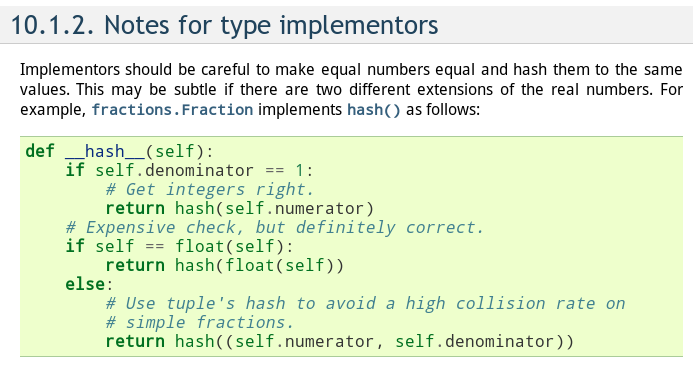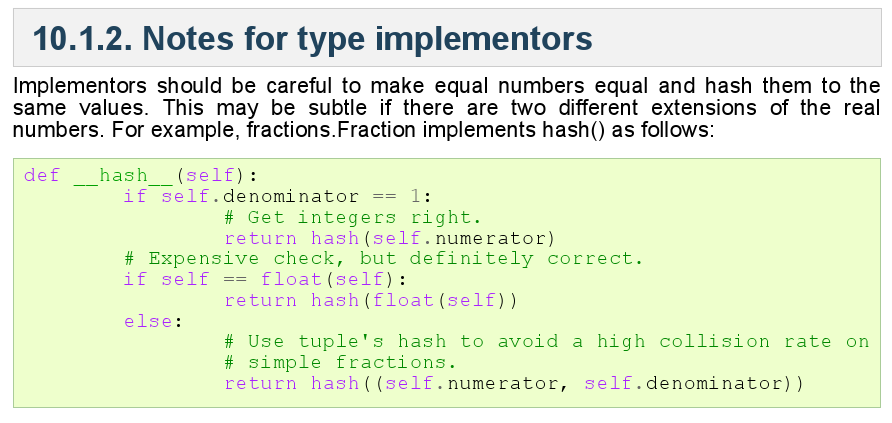About 80% of what's wrong with Linux users, all in a post
My post about Arch Linux from yesterday got posted at tuxmachines and there was a comment there.
I can't reply at the site because:
It requires login.
I can't find a place to get an account.
It has freaking google ads popups
So I reply here because:
Hey, it's my own blog, so I can do whatever I want.
Here's the comment by hussam with my (admittedly ranty) response:
I've been using ArchLinux as my only distribution/operating system since early 2006. It is really a good distribution but lately there have been a lot of really bad choices which I call bad compromises:
1. Too many ArchLinux users think gnome/kde are bloat and instead install some half developed window manager and some terminal emulator and call it a "minimalist" desktop.
Why is that any of your business? And what "compromise" is there?
2. Optional dependencies are the worst idea ever. If a package is linked against libsomething.so then libsomething should be a dependency not an optional dependency. Making libsomething an optional dependency just because "minimalist" users don't want to install dependencies is plain stupid.
That's not what optional dependencies are for. For example, consider the example I mentioned, rst2pdf. It can use pythonmagick. It can also not use it. You will lose one small feature that AFAIK only one person ever used. If you need that feature, the manual tells you what to do: install pythonmagick.
Maybe there should be a pacman option "install optdepends" which turns optional dependencies into regular ones. That would make you happy and keep others happy too.
3. Bad leadership. Aaron is fantastic guy but I know at least two ArchLinux developers who can do a much better job.
That's just stupid and mean.
4. Too many ArchLinux users now like badly automation scripts like yaourt or whatever it is called.
Parse error. And then again: yaourt is great. You don't like it? Act as if it doesn't exist and be happy. You seem to have a big problem ignoring people who disagree with you. That's a really, really serious personal flaw. I suggest you grow up.
5. Too many noobs who do dumb things like people adding their users to hal, disk and dbus groups.
Sure, they should add themselves to optical and storage. So what? It's a simple problem and it has a simple solution.
Then again, the adduser scripts probably should do that for regular user accounts. After all, who wants to create a regular user that can't use removable storage? And if said use case exists, that should be doable by removing the user, and not viceversa!
On the other hand, I don't give a damn, because I can fix it trivially.
The main reason why I don't think I will switch to another distribution soon is that creating Archlinux packages from scratch is very easy and the initscript system is really fantastic.
All in all, ArchLinux is a really strong distribution now and it's constantly growing.
I expect you, like most elitist poseurs, will run away when you feel Arch is too popular and accessible to "too many noobs" or some similar nonsense.
Which, like the title says, is why you are a big part of what's wrong with Linux users.

